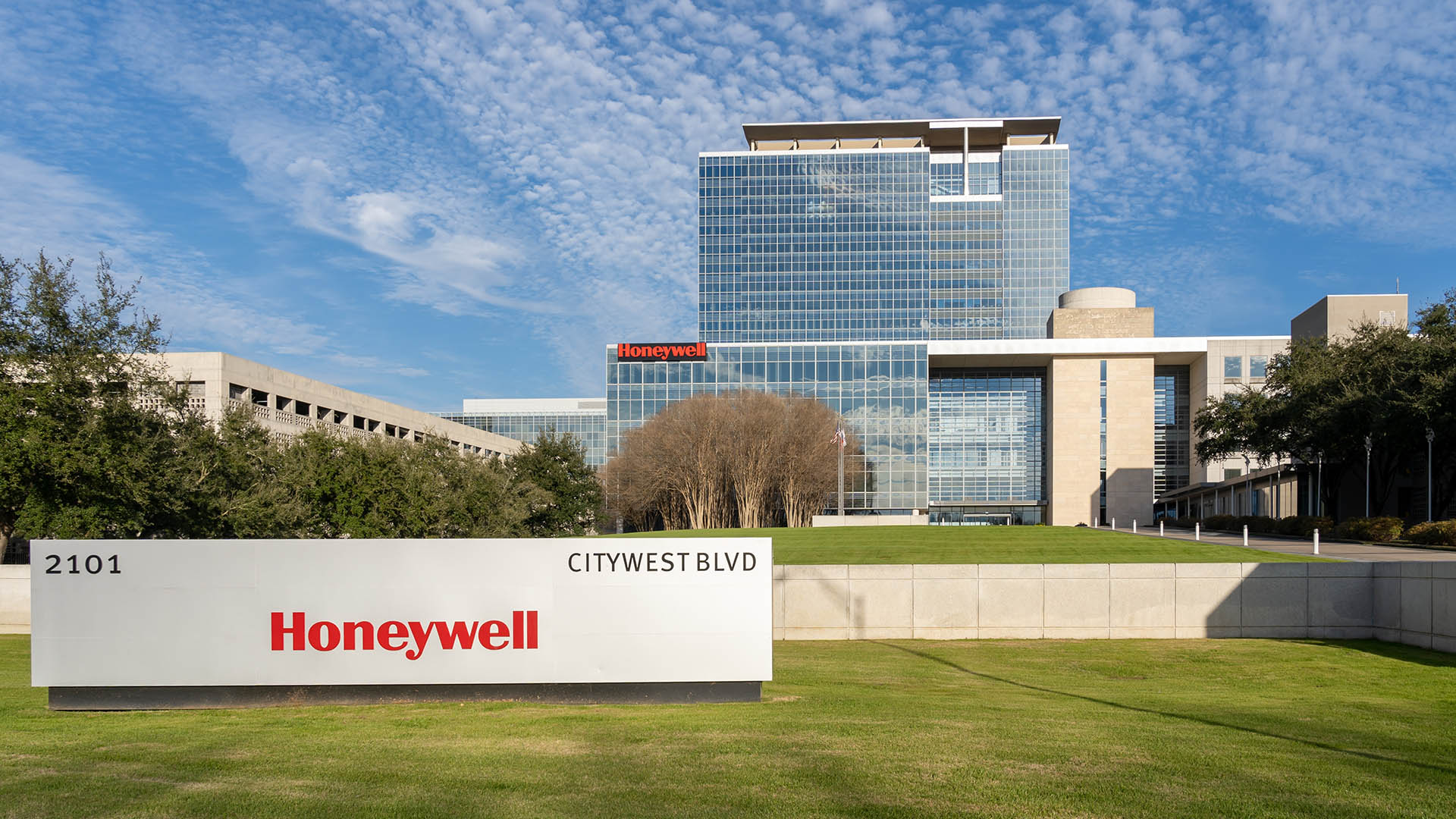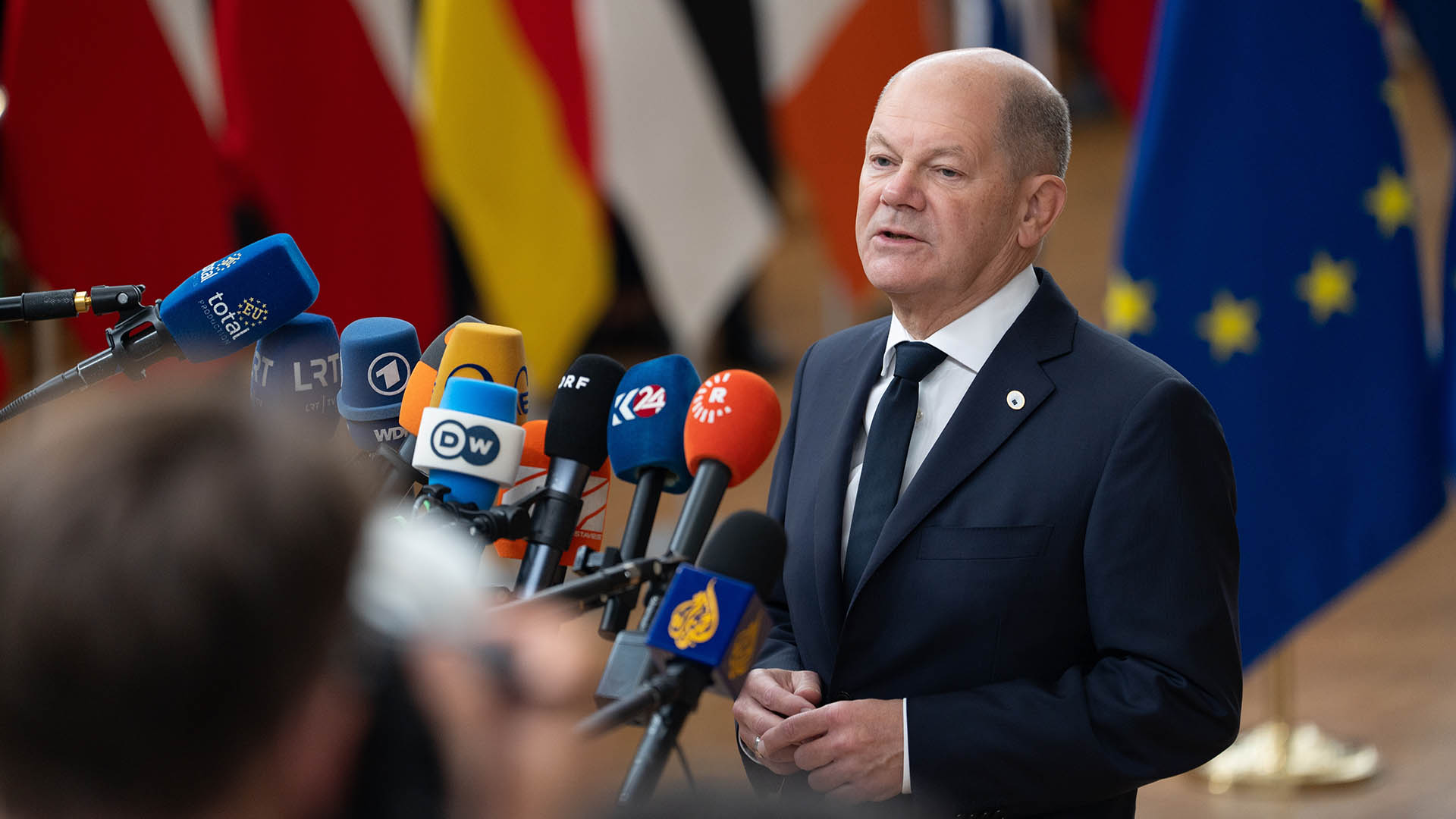Fed chair Jay Powell blew up expectations for US monetary policy and rate rises on Thursday by openly suggesting the central bank will lift rates by at least half a per cent at its May 3 and 4 meeting, and could follow that with more rises of a similar size over the rest of 2022.
Speaking at an IMF meeting in Washington his remarks saw Wall Street turned very red and looking to continue the slide on Friday – especially his comments that appeared to suggest that if the Fed had to crunch demand, jobs and growth, it would do so to bring inflation back under control.
By the close the markets had taken a pounding.
The Dow lost 368.03 points, or 1.05%, to close at 34,792.76. The S&P 500 dropped 1.48% to 4,393.66, and the Nasdaq slid 2.07% to 13,174.65. US bond yields rose with the key 10-year security seeing the yield reach 2.9% – about where punters reckon the Fed will lift rates by year’s end.
Powell’s remarks and Wall Street’s reaction saw the overnight ASX 200 futures market slump more than 60 points, pointing to a weak start this morning after several solid sessions this week.
Worries about a possible recession have been bubbling around US markets for the past couple of months, driven y fears the Fed’s rate rises would slow growth and produce a slowdown next year.
Powell’s latest comments have raised those fears. And that is something Australia should be aware of as the Chinese economy slides towards a Covid-triggered recession of its own.
As China slows, the American economy would be the sole global growth driver for the next year or more. Now the Fed is determined to control inflation, even if it means crunching activity and consumer demand.
Since lifting the key federal funds rate by 0.25% at the March meeting, US inflation has worsened, hence the push for a larger rise. Powell obliged saying, “It is appropriate to be moving a little more quickly… Fifty basis points will be on the table for the May meeting.”
Powell went on to really scare Wall Street and others who have been all hairy chested in claiming how the central bank had ‘fallen behind the curve’ in lifting rates to tackle inflation, by strongly suggesting big rate rises would happen more often.
He told his audience that investors currently anticipating a series of half-point hikes were “reacting appropriately, generally,” to the Fed’s emerging fight against rising prices.
Powell surprised when he said “I also think there is something to be said for front-end loading any accommodation one thinks is appropriate.” In other words, the Fed chair is looking at lifting rates by large amounts very quickly – a 1% rise next month, anyone?
The Fed’s so-called dot plot had members forecasting the federal funds rate could be 1.9% by the end of the year – too low now seems to be the suggestion.
Wall Street traders currently see the Fed lifting the federal funds rate to a range between 2.75% and 3% by the end of the year which would involve half-point hikes at three upcoming meetings and quarter-point increases at the year’s three other sessions.
That would take the Fed’s target rate beyond the “neutral level” and into territory that would begin to restrict economic activity, marking one of the faster turnarounds of US monetary policy.
Powell seemed to be endorsing that thinking so it wasn’t a shock to see Wall Street fall out of bed.
Additional comments by Powell added to that feeling. “We really are committed to using our tools to get inflation back,” acknowledging that the Fed’s hope inflation would ease during the pandemic reopening has been misplaced (That’s a view the RBA here now shares).
His comments left the very clear indication that the Fed is willing to slam the US economy with a series of big rate rises to control inflation, or as the Fed chair said the Fed will now count on tighter monetary policy to curb demand for goods and services, and also to lead businesses to reduce the demand for workers, and the “unsustainably hot” wage increases that are now appearing.
“We have had an expectation that inflation would peak around this time and come down over the course of the rest of the year and then further,” Powell said. “these expectations have been disappointed in the past.
“We are wanting to see actual progress…We are not going to count on help from supply side healing. We are going to be raising rates and getting expeditiously to levels that are more neutral,” and then higher if needed,” Powell said.













